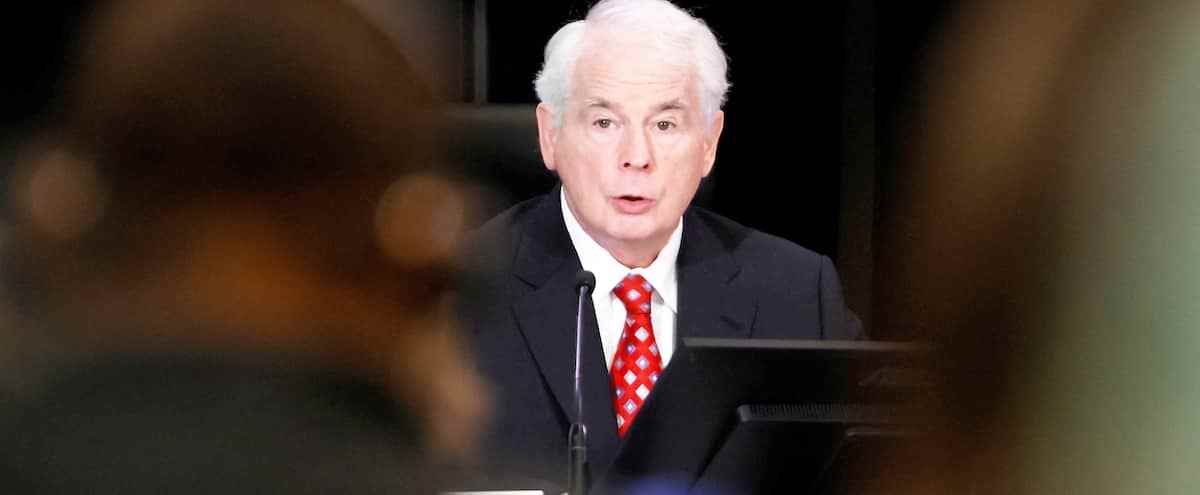The Commission of Inquiry into the Emergency Measures Act heard its first witnesses yesterday. Citizens, business representatives and elected municipal officials testified before Judge Paul S. Rouleau, painting an anxiety-provoking and chaotic portrait of life in the heart of Ottawa during the occupation by the “freedom convoy” protesters. “. They had paralyzed the city center of the federal capital from January 28 to February 20. This commission, whose work will span six weeks, aims to study the use of the Emergency Measures Act by the Trudeau government last winter, a first since 1988.
• Read also: Emergencies Act: Alberta to testify against federal government
CHAOS AT OTTAWA CITY COUNCIL
Screenshot
Councilors Mathieu Fleury and Catherine McKenney described the chaos caused by the freedom convoy.
Municipal councilors Catherine McKenney and Mathieu Fleury explained at length their helplessness in the face of the prolonged chaos caused by the convoy and deplored the lack of proactivity of authorities at all levels.
On February 4, while the trucks were well installed on Wellington Street, Catherine McKenney sent an email intended for the chief of the municipal police, Peter Sloly, and the federal Minister of Public Safety, Marco Mendicino, in which she “begged” his interlocutors to “do something” to put an end to the situation.
The response of a colleague on the municipal council is evocative of the powerlessness felt by the authorities in place in Ottawa at the time: “I would like us to have the power to do something, apart from watching. »
According to Mathieu Fleury, the City could have requested a legal injunction against noise long before it was granted to a citizen group, and before the Emergency Measures Act was invoked.
For her part, Catherine McKenney, very active in the counter-demonstration movement, said she had received “no call from Mayor” Jim Watson or any outstretched hand from him to find solutions.
“There was no urgency on the part of the mayor to answer questions from citizens,” she said.
RESIDENTS TAKEN HOSTAGE
The first two people to testify before this historical commission were two citizens, Victoria De La Ronde and Zexi Li, who spoke about their ordeal for more than an hour.
Ms. Li initiated a class action lawsuit filed against protesters on Feb. 4, joined by a group of downtown Ottawa residents.
She said the horns could start as early as 7 a.m., sometimes going silent in the middle of the night around 1 a.m. Her neighbors “had nervous breakdowns due to the stress, noise and terror they felt,” she noted.
Victoria De La Ronde said she heard “phantom horns” some time after the events, when the horns could push the level of decibels in the street to almost 100, according to Zexi Li, who had calculated the thing.
THE CHIEF OF POLICE WAS AFRAID
According to an official of a group of merchants in the city of Ottawa, the chief of the Ottawa police, Peter Sloly, had directly told her to be “scared” during a telephone call.
“I said to myself, the chief of police is scared, something much more important is happening here than a demonstration,” Nathalie Carrier told the commission, holding back tears. I remember being scared myself. »
She testified to a note received at her office by Ottawa police prior to the convoy’s arrival that raised the possibility of a “significant and extremely fluid event that could last for an extended period of time.”
“To me, it was clear that the 70 kilometer truck convoy that was crossing the country was not coming for a small one-day demonstration,” she advised.


